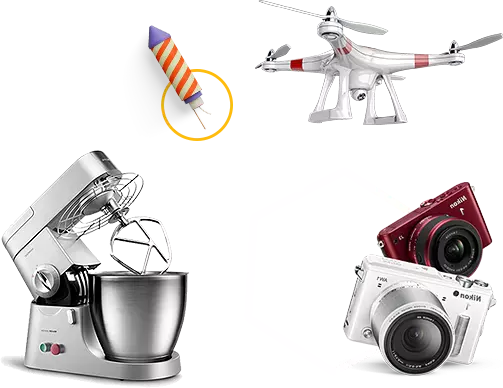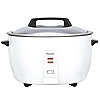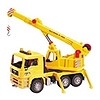
Let's Compare
Shop wise with price comparisons
from Re:Wise
Supports user reviews, price comparison, user generated links and
price updates
Rewise - compare prices for 1, 233 products
Choose Category
How our site is working.
1.
Choose a Category
Sed ut perspiciatis unde omnis iste
Sed ut perspiciatis unde omnis iste natus error sit voluptatem accusantium doloremque laudantium, totam rem aperiam.
2.
Choose a Deal
Sed ut perspiciatis unde omnis iste
Sed ut perspiciatis unde omnis iste natus error sit voluptatem accusantium doloremque laudantium, totam rem aperiam.
3.
Enjoy Results
Sed ut perspiciatis unde omnis iste
Sed ut perspiciatis unde omnis iste natus error sit voluptatem accusantium doloremque laudantium, totam rem aperiam.
Keep track of what you like
Start a research list and compare the products you're considering.

Let's start search
Review the products you already own and influence their scores.

Latest Product Comparisons
Latest Comparison
- Show all
- Popular in this month
- Most wishlisted
- Under 20000
- Choose category
- All categories
- Uncategorized
- Floor Lamp
- Kids Lighting
- Pendant Light
- PHILIPS Lighting
- Smart Light
- Table Lamp
- Wall Lamp
Added to wishlistRemoved from wishlist 0
Add to compare
We are tracking prices from more than 20 most popular shops to give you best deals
Find Your Deal Now
Discover the hottest deals 🔥
By uniting selected online shops on one platform, searching helps
you save time and discover new shops and trends worldwide
that were yet unkown to you.
you save time and discover new shops and trends worldwide
that were yet unkown to you.
Check latest reviews and news
Discover rumors, news, comparisons ⚖
Join 100,000+ Subscribers
Get Coupons Codes and Online Deals delivered straight to your Inbox































